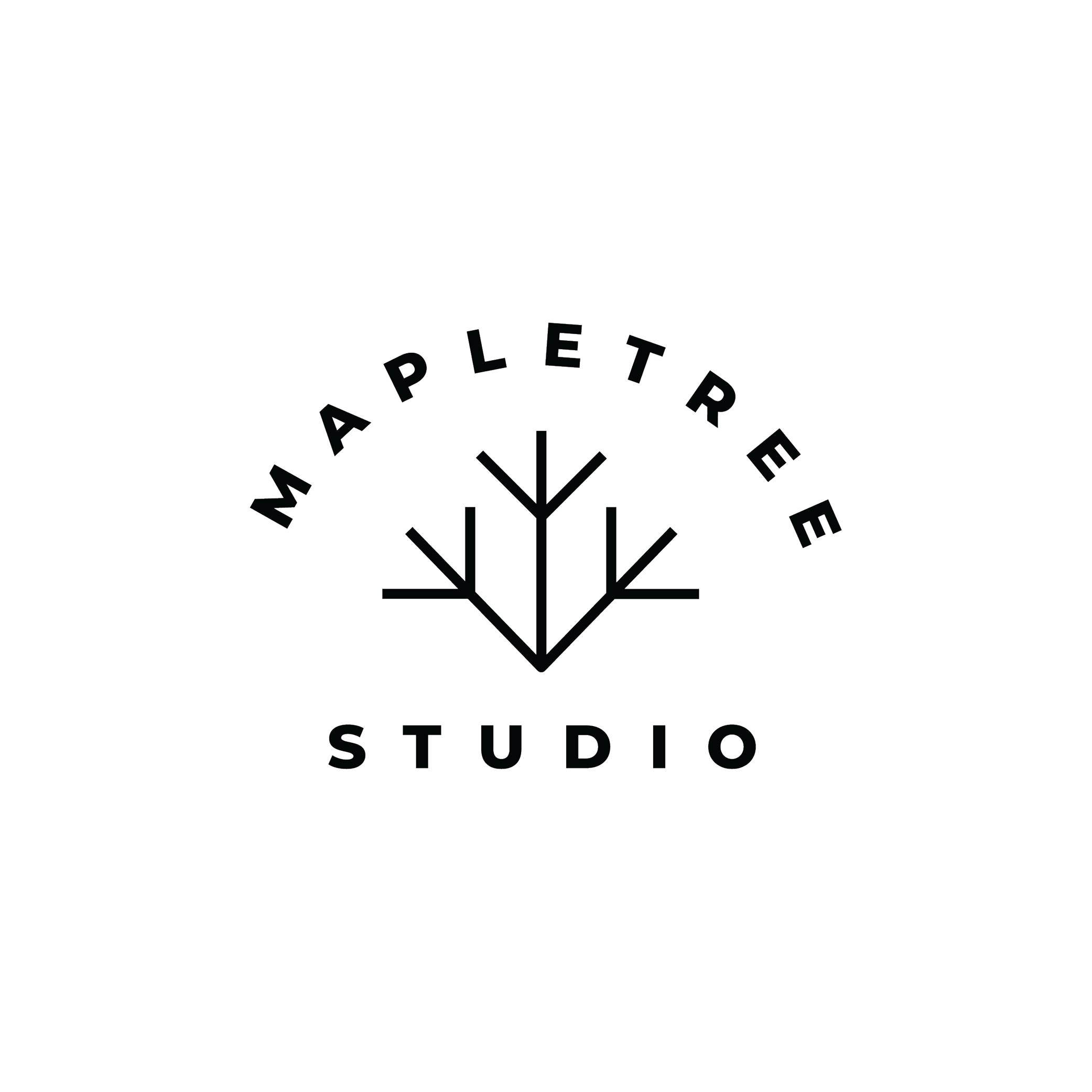Get Online in 72 Hours
Professional one-page website for just £479
A look at the 2025 design trends that genuinely improve small business websites, not just make them look trendy.

Web design moves fast, but small businesses don’t have the time or budget to reinvent their site every year. The goal isn’t to chase shiny trends. It’s to build a site that still looks sharp and works brilliantly in two or three years’ time.
So instead of listing every flashy idea doing the rounds, here’s what actually matters in 2025, design choices that help your business feel modern and make your website work harder.
We’ve reached the point where most visitors see your site on their phone, and often, that’s the only way they ever will.
Designing mobile-first doesn’t just mean “it fits on a small screen”. It means thinking about your layout, content order and interaction from the smallest device upward. Buttons need to be thumb-sised, text should never require pinching, and every image should load fast.
Start mobile, scale up. Never the other way around.
In 2025, accessibility isn’t a bonus, it’s expected. That means strong colour contrast, alt text for every image, and navigation that works perfectly without a mouse.
Accessible design quietly builds trust. It tells visitors you care about details and that everyone’s welcome. It also just happens to make your site clearer and easier to use for everyone else too.
Fonts have become the new logo. A confident headline in a striking typeface can say more than a block of copy ever will.
Think oversised titles, clean sans-serifs, or an expressive display font that reflects your brand’s personality. Pair it with generous white space and you’ve got instant impact without needing heavy visuals or long paragraphs.
Authenticity wins. Visitors can spot stock imagery a mile off, and it kills trust instantly.
In 2025, the trend is towards real photos: your workspace, your people, your actual projects. Even quick smartphone shots can feel more genuine than polished library photos. If you do use AI or stock, customise it. Make it yours.
Little moments of movement, a button easing into colour, a line drawing itself in, a gentle fade as you scroll, can make a website feel alive.
These aren’t gimmicks; they’re signals. They tell visitors what’s clickable, confirm that an action worked, or just make the experience smoother. The key is restraint: if everything moves, nothing stands out.
Minimalism isn’t about empty space, it’s about clarity. A clean layout with one clear message always beats a cluttered homepage shouting ten things at once.
The best small business sites this year strip away the noise. One headline. One call to action. One job well done.
Dark mode isn’t just for developers anymore. More browsers and devices automatically switch between light and dark themes, and smart sites adapt right along with them.
It’s not essential, but it’s a nice touch, especially for brands with modern tech-leaning audiences or evening traffic.
After years of flat, boxy designs, more sites are using organic curves, soft gradients and subtle texture to add warmth back into minimal layouts.
It’s a reminder that simple doesn’t have to mean sterile. A dash of imperfection can make a site feel friendlier and more human.
AI tools have crept into everyday design workflows, from writing draft copy to generating background imagery. Used well, they can speed up builds and inspire creativity. Used badly, they make everything look… the same.
Let AI handle the grunt work, not the brand work. Your story, your values and your customer understanding are still what make your site yours.
The fastest sites always win. Not just for Google, but for your visitors. Every second shaved off load time reduces bounce and increases trust.
Cut the bloat. Compress your images. Keep your scripts lean. The simpler the stack, the better the experience.
Not every idea belongs on your site. Instead of trying to do them all, choose one or two that make sense for your audience and your brand.
If you’re a tradesperson in Burton, authenticity and simplicity might matter most.
If you’re an online retailer, animation and personalisation might lift conversions.
Pick trends with purpose, and always build for the people using your site, not for the design awards.
Trends are only useful when they make your site work better. A mobile-first, fast, accessible, and personality-driven site will always age well, no matter what fonts or animations are popular next year.
If your current site feels a little stuck in the past, we can help you modernise without starting from scratch.
Let’s refresh your website for 2025 →
Websites are becoming simpler and faster again. The focus is on performance, accessibility, and human-centred design, not gimmicks or excessive animations.
Not necessarily. It’s a nice feature for some audiences but not essential. Prioritise clarity and usability over trendiness.
A visual refresh every two to three years keeps things modern, but core updates like content and speed improvements should happen more regularly.
Yes, if used as assistants, not replacements. Let AI help with repetitive work like resising images or suggesting layouts, but always keep your brand voice and style human.

Perfection is achieved, not when there is nothing more to add, but when there is nothing left to take away.
Mapletree Studio specialises in minimal, high-performance websites that convert. Based in the Midlands, serving businesses across the UK.

Discover what makes minimal websites truly effective. Real examples from brands that prove less is more when it comes to design and conversions.

Templates promise quick websites but deliver bloated code, cookie-cutter designs, and poor performance. Here's why custom-built beats off-the-shelf every time.

Map the complete user journey from first click to paying client. Understand conversion stages, remove friction points, and optimise every step.